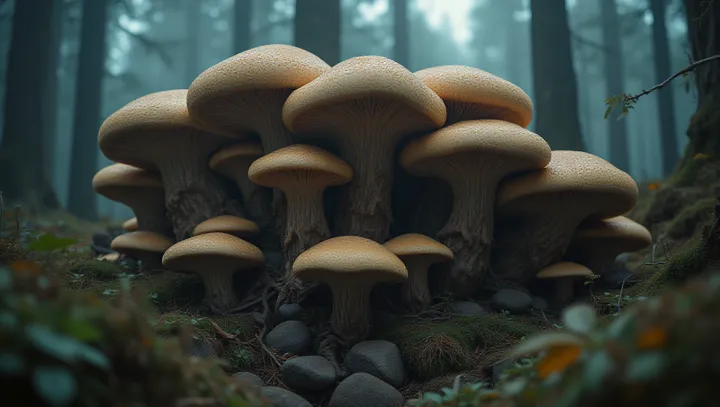Fungal Giant: Oregon's Living Marvel

Hidden beneath the lush canopy of Oregon's Malheur National Forest lies a monumental biological wonder. Spanning 2,385 acres and estimated to be thousands of years old, Armillaria ostoyae, commonly known as the honey mushroom, holds the record as the world's largest living organism. This fungal giant stretches not above but beneath the earth, its extensive mycelial network weaving unseen narratives of survival and growth.
Discovered as the sprawling giant of the natural world, the honey mushroom dwarfs the famous Sequoias of California, not by height but by reach. Its discovery has fascinated scientists, offering insights into the complex interplay between fungal networks and forest ecology. The organism's endurance over millennia speaks to its resilience, adaptable yet largely inaccessible to the naked eye.
Dr. Roger Southworth, an ecologist with a focus on mycology, remarked on the significance of this organism to biological studies: 'The Armillaria's vast underground presence underscores the unknowable mysteries still inherent in our natural ecosystems. It reshapes our understanding of what it means to live, adapt, and dominate.' Thanks to modern advancements in fungal DNA sampling and ecological mapping, the sheer magnitude of the Armillaria was made more tangible to the scientific community.
This revelation beckons further study, urging an exploration into origin stories of life forms residing quietly beneath our feet—each intricately woven into the fabric of Earth's life-supporting systems.
